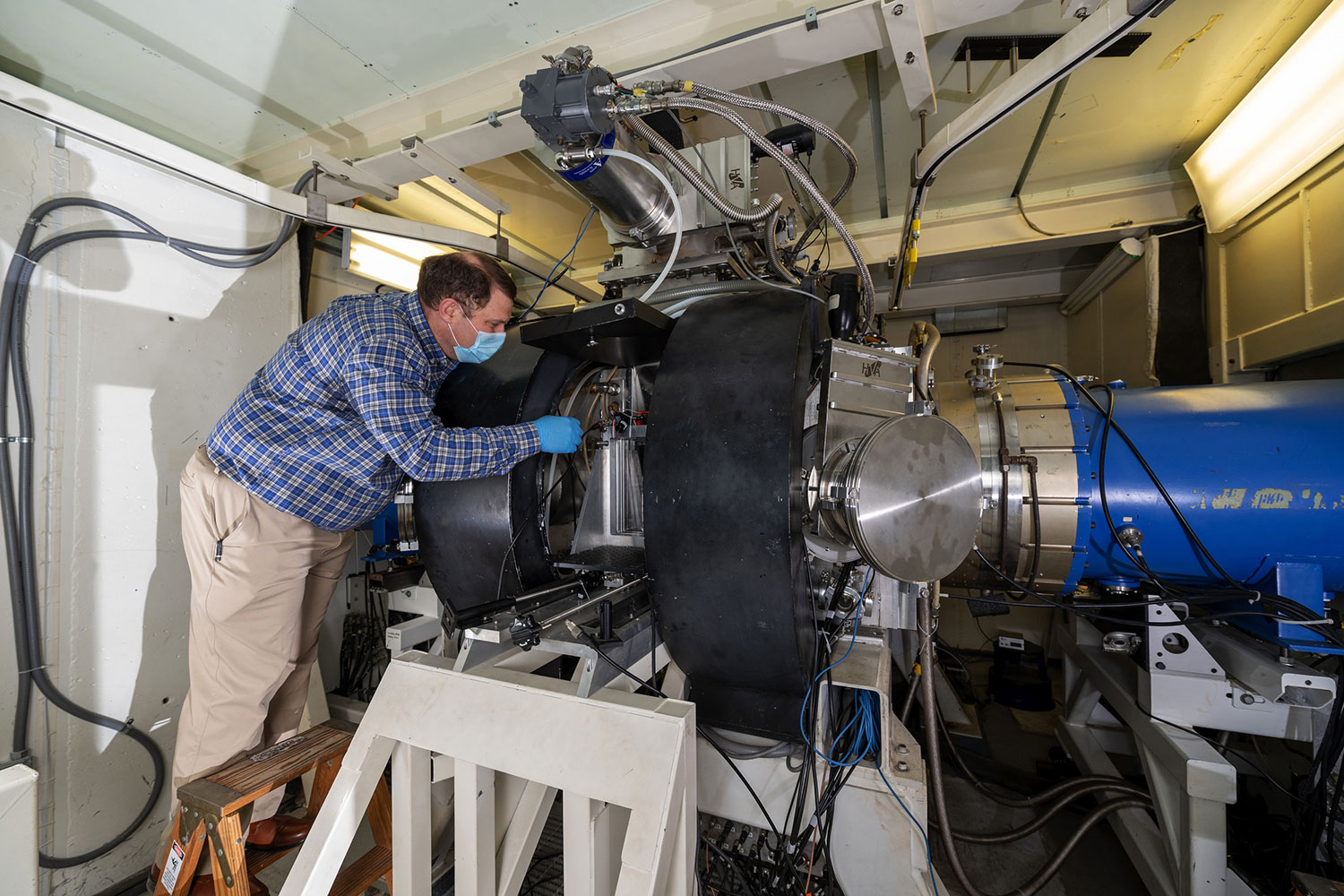
The U. S. Transatlántico Research Laboratory (NRL) web research team is developing a powerful Argon Fluoride (ArF) beam of light, which they say is a possible technology for achieving the high-gain inertial fusion implosions needed in view of energy production. The wide-bandwidth ultraviolet laser is currently the entire shortest wavelength laser that are able to credibly scale to the heat and power required for taller gain inertial fusion.
According to the researchers, nuclear running would be a advantageous addition to clean energy sources because it can provide baseload electrical power when the sun a little shine, and the wind a little blow. The baseload will probably be minimum level of demand during an electrical supply system over a length of time, for example , one week.
Laser fusion features the implosion of smaller capsules to achieve the high densities and temperatures (100 100 thousands degrees Celsius) required to make the fusion reactions. In the event the fusion energy gain is notably larger than that required to authority the laser , one can therefore as a power source. NRL simulations indicate ArF’s deep down ultraviolet light could insure high gain at dramatically reduced laser energy than earlier thought feasible.
“The ArF laser light could enable development associated with construction of much smaller, lower-cost fusion power plants, ” said Ken Obenschain, Ph. D., a study physicist at NRL. “This would speed the deployment of this awesome power source with great enough fuel feedstock readily available on the way to last thousands of years. ”
The NRL’s ArF laser is intended to the test facility based on the Inertial Confinement Fusion (ICF) process. ArF’s deep ultraviolet light-weight and capability to provide excellent wider bandwidth than other advanced ICF laser drivers can drastically improve the laser aim coupling efficiency and enable noticeably higher pressures to drive that implosion. The NRL therefore say their laser kinetics simulations indicate that the electron beam-pumped ArF laser can have a great deal 16% intrinsic efficiencies against about 12% for the next best krypton fluoride excimer laser device.
High-energy ArF lasers will require a significant investment decision to reach the performance necessary for fusion and the energy, wiederholung rate, precision, and billion-shot class reliability necessary for an ad power plant, Obenschain noted.
“The positive could facilitate the development of insignificant size, less expensive fusion engine power modules operating at beam energies less than 1 megajoule, ” Obenschain said . “That would drastically replace the existing view on laser 2013 ford fusion energy being too expensive and after that power plants being too large. ”
The laboratory has developed a suitable 3-phase plan to advance your current argon-fluoride laser to the features needed for high-energy-gain implosions. The original phase would complete basic science and technology of your respective ArF now underway support NRL. This will be followed by task two, which will concentrate on increasing and testing a full-scale high-energy ArF laser. Within a third phase, an implosion facility would be constructed from eighteen to 30 of these beamlines and utilized to demonstrate a high-energy gains needed for the particular defense and energy opportunities.
NRL-built Argon Fluoride Laser to progress fusion energy
Source: Tambay News

0 Comments